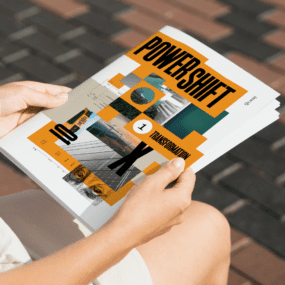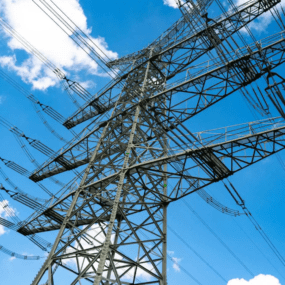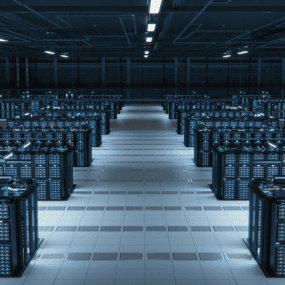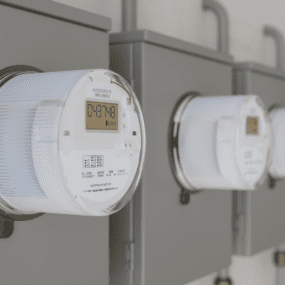The Secret to Simplifying Complex Electric Utility Rates
How utilities can simplify complex rates for their customers and themselves.

How utilities can simplify complex rates for their customers and themselves.

Sign up for our newsletter
Stay in the loop with all things GridX and beyond.
A recent survey conducted by Smart Energy Consumer Collaborative found that 82% of utility customers are concerned with the fees associated with their electric bill. And that comes as no shocker. In general, most people will be concerned when it comes to how they spend their hard-earned money, and even more so if they don’t understand what’s on their bill. As additional DERs (distributed energy resources) and clean energy technologies come into play, the rates needed to manage these will only grow more complex. And that complexity runs the risk of causing even more confusion.
As you may already know, in the electric utility ecosystem, a rate indicates how much the utility will charge per unit of electricity consumed (usually defined in kilowatt-hours) or per unit of demand (defined as Kilowatts). Tariffs are a collection of customer attributes applied to calculate the final utility bill, including service charges, time of use periods or consumption tiers. Sounds simple enough, eh? But when it comes to designing and billing those new rates, the complication fires up. To avoid customer confusion, we must first start with simplifying the complex on the utility side. And with most new things, we’ve only begun to crack that nut.
When it comes to emerging rate structures, the secret sauce to simplifying the complex is in digitizing a rate or tariff. When a rate is digitized, it means the DNA of the rate or tariff is componentized, shareable and reusable. As the grid becomes more complex and additional clean energy technologies are adopted, tariff design and digital rate processes need to be repeatable and flexible in a way that allows utilities to make changes to a rate or construct an entirely new iteration quickly.
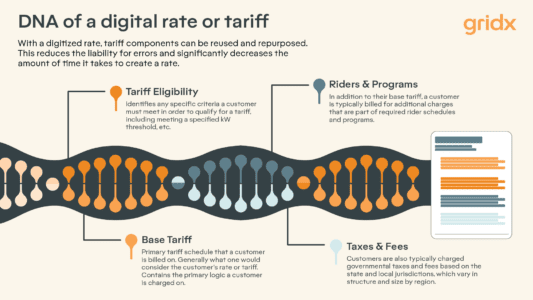
Complex rates are playing a critical role in helping customers shift energy usage, handling the impact of increased electrification and decarbonizing the grid. The need to deploy complex rates and emerging customer programs faster, personalize and measure the impact of those efforts, accelerate adoption, and streamline complex billing is now. It starts with a sole source of rates truth.
Electric utilities are working hard to not only make sure consumers understand their bill, but that they are on the right rate, making behavior changes to shift load when needed, and adopting clean energy technologies. With a digitized rate, utilities can break down departmental and organizational silos, creating a single source of rate truth within an Enterprise Rate Engine. These digitized rates can then be shared across the many phases of the utility rate lifecycle. This improves efficiency, reduces potential errors internally and creates the single source of rates truth that can accurately communicate the cost impacts to utility customers through marketing and education programs.
Digitization can also prevent negative bill impacts to consumers and improve customer satisfaction. Through analysis in an Enterprise Rate Engine, utilities can deliver the data required to support proposed rate cases more quickly by using the digitized rate to conduct a full-population or customer segment analysis to measure the impact of new rates and programs.
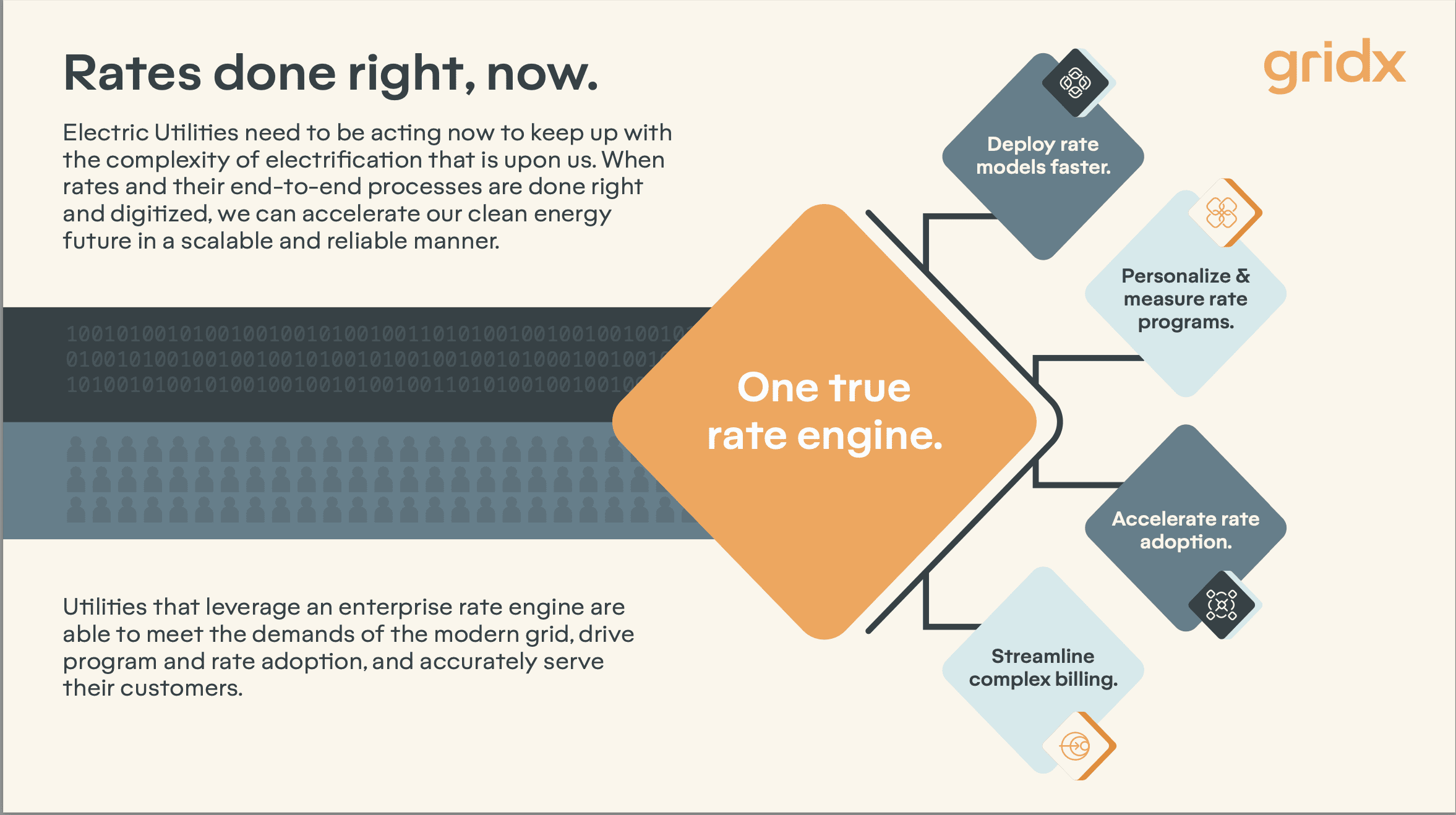
Long term, the benefit of a digitized rate solution enables the utility to project a customer’s choice among different rates and programs to understand the impact to them. Digitizing a rate is a crucial step in the future of rate design and implementation.
GridX is unlocking new ways for utilities and their customers to see the value of their clean energy choices and ensure that your rates are done right, now. Want to know more about operationalizing a digitized rate? Read the playbook, How Digitized Rates Help Utilities Decarbonize, Eliminate Silos and Improve Customer Centricity or contact us today.

